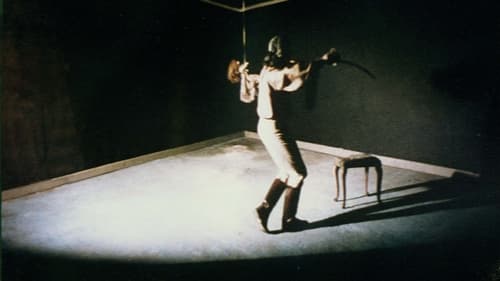
The climbing of an immense staircase made up of the most varied stairs- Symbolic scenes occur on different levels where characters seem to be prisoners of their deeds and of their own folly. The steep staircase leads little by little towards the zones of great light where human beings and nonhuman beings meet.

A very personal look at the history of cinema directed, written and edited by Jean-Luc Godard in his Swiss residence in Rolle for ten years (1988-98); a monumental collage, constructed from film fragments, texts and quotations, photos and paintings, music and sound, and diverse readings; a critical, beautiful and melancholic vision of cinematographic art.
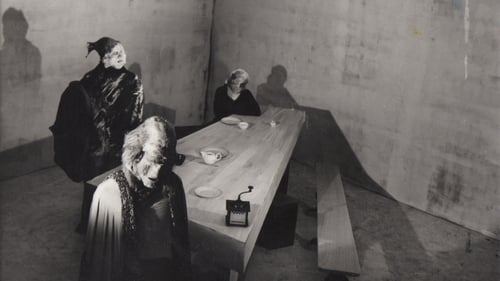
A study of human anxieties about beauty, youth and objectification.

A very personal look at the history of cinema directed, written and edited by Jean-Luc Godard in his Swiss residence in Rolle for ten years (1988-98); a monumental collage, constructed from film fragments, texts and quotations, photos and paintings, music and sound, and diverse readings; a critical, beautiful and melancholic vision of cinematographic art.

998년에 총 4부 8편(각 장은 A와 B, 두 편씩으로 구성되어 있다)이 완성된 의 출발점은 대략 1978년 몬트리올에서 고다르가 한 연속 강의에까지 거슬러 올라간다. 이 강의 중 일부를 수록한 책 >에서 고다르는 ‘참된’ 영화의 역사란 일러스트레이션이 삽입된 텍스트들이 아니라 이미지와 사운드들로 이루어져야 한다고 썼다. 는 고다르가 자신의 이런 생각에 따라 실제 영화 속 이미지와 사운드의 조각들을 몽타주해 서술한 고다르판 영화의 역사이다. 고다르가 쓴 이 영화의 역사는 우리가 보통의 영화사 서적들에서 볼 수 있는 것과 같은 연대기적인 역사의 기록은 아니다. 오히려 그는 자신이 고고학적이거나 생물학적이라고 부르는 방식을 통해 20세기의 영화에 대한 단선적인 역사가 아닌 복수의 역사를 이야기한다. 미국의 저명한 영화 평론가 조나단 로젠봄은 프로젝트의 원대함이란 측면에서 고다르의 를 제임스 조이스의 에 비견할 만한 것이라고 말한다. 고다르의 이 프로젝트는, 거의 17년의 집필 기간을 소요한 조이스의 작품에 맞먹을 에너지를 들여 만들어진 것이기도 하지만 무엇보다도 영화를 통해 지각되는 20세기를 다룬다는 점에서도 언어를 통해 이해되는 인류의 역사에 관심을 갖는 조이스의 작품에 견줄 수 있다는 것이다. 고다르가 써낸 이 영화의 역사가, 후에 20세기 영화사를 돌이켜볼 때 그 역사를 통틀어 최고의 사건 가운데 하나로 꼽힐 것임은 분명한 일이다.

역사를 표현하는 영화의 힘과 더불어 성과 죽음의 이미지를 그린다.

Three people become connected through mysterious circumstances involving electronic devices which spontaneously appeared in their world.

Relentlessly reworking ‘real’ images, using techniques borrowed from painting and animated film, Patrick Bokanowski is an author of stature, capable of creating an insane and cataclysmic universe of unquestionable beauty. – Michel Perez

Walking towards the fire. In a ceaseless stream of light, people, landscapes and objects lead us to mysterious regions. French filmmaker Patrick Bokanowski’s work is hard to classify - and all the richer for it. Together with his wife Michèle, whose musique concrète compositions form the basis of the sound design, Bokanowski offers a prolonged, dense and visually visceral experience of the kind that is rare in cinema today. Difficult to define and locate, its strangeness is quite unique.
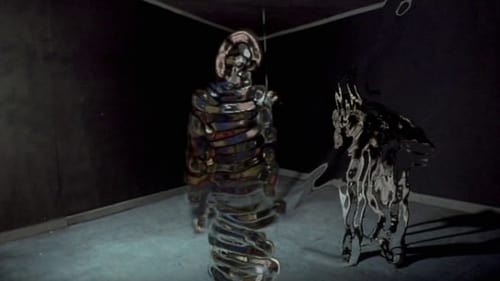
Memories split in the space.

Reworked and colored images of people playing at the seashore.

Part One in a series of experimental shorts.

Behold the struggle between light and dark, the two principles that are at the very heart of the cinematic deed. A Solar Dream takes the seventh art’s ability to generate imaginary and phantasmagorical worlds to the limit, multiplied here by Michèle Bokanowski’s enveloping music. A precious plastic and sonic gem.

A housewife is preparing a duck à l'orange in her kitchen. But the reluctant bird tries to escape from her but the woman manages to recaptures it and plucks it savagely. Once the duck is put in the oven, an alligator unexpectedly appears in the kitchen, threatening the cook.
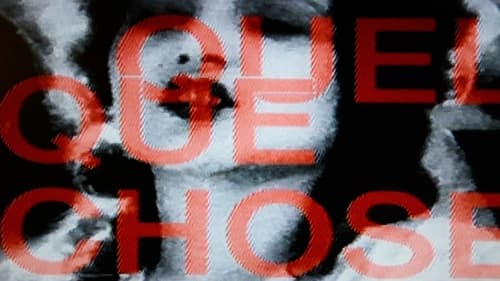
A very personal look at the history of cinema directed, written and edited by Jean-Luc Godard in his Swiss residence in Rolle for ten years (1988-98); a monumental collage, constructed from film fragments, texts and quotations, photos and paintings, music and sound, and diverse readings; a critical, beautiful and melancholic vision of cinematographic art. (Abridged version of the original collection of eight short films).
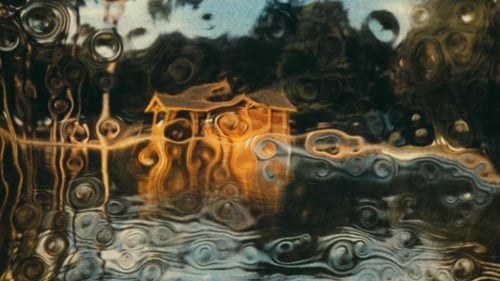
Bokanowski returns to the complex - and mind-bending - optical array of pinholes, mirrors, prisms, and refractive substrates of his earlier film, La Plage to create the whimsical and playful Au bord du lac. The film is composed of mundane, everyday scenes of recreation and leisure on an idyllic, sunny day at a park that overlooks a lake - rowing a boat, playing a game of volleyball, rollerskating, bicycling, reading a newspaper, sunbathing, riding on horseback, or strolling on the promenade - shot through optical distortions to create fractured and knotted images that resemble embellished, gothic fairytale illustrations or appear to resolve into morphing, geometric patterns of fluid motion. Evoking the vibrant colors and sun-soaked palette of an invigorated Vincent van Gogh in Arles, Bokanowski transforms the quotidian into an infinitely mesmerizing dynamic kaleidoscope of shape-shifting textures and self-reconstituting objects of organic, abstract art.

"The Role of Chance" ("La part du hasard") focuses exclusively on drawing and painting techniques used by the painter Henri Dimier. Shot over several weeks in the same artist's studio, the film shows works in their different phases, processes rarely explained or little known. It also addresses many practical issues (choice of paper, pigment grinding, reports drawings, put the tiles, cliches, etc) as well as broader questions of method and inspiration (use of space, the role of contours, power of suggestion perspectives, use of random processes). Patrick Bokanowski sought with this film to restore the spirit of this teaching, showing how to bend a note or sometimes revealing an essential mystery of creation.

Organic forms are beating and resorbing, reflections dance to the rhythm of Henk BADINGS 'music, circles of light flash like disturbing eyes, perpetual metamorphoses evoke a great living and throbbing organism.











